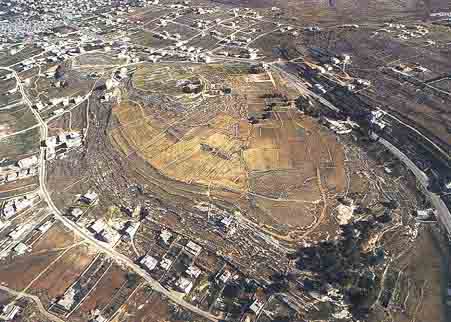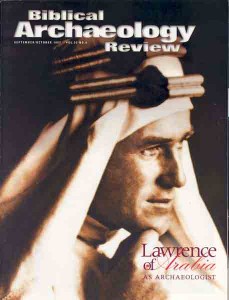Mizpah: Newly Discovered Stratum Reveals Judah’s Other Capital

I believe I have succeeded in identifying substantial archaeological remains from a period that is almost an archaeological blank in the history of ancient Israel—the period of the Babylonian Exile, when according to tradition, the Judeans were deported to Babylonia. All the more remarkable, I have been able to identify these remains without sinking a spade into the ground or lifting a pick.
This is the tale of my excavation into the field records of a dig that ended more than 60 years ago. Of course my own excavation, so to speak, has only been possible because the actual excavator of the site left behind such meticulous records.
William Frederic Badè excavated at Tell en-Nasbeh, just north of Jerusalem, for five seasons between 1926 and 1935 in the belief, very probably correct, that this site was Biblical Mizpah in Benjamin. The American archaeologist cleared almost two-thirds of the eight-acre site, making it the most completely excavated site in Palestine at the time. As work progressed, Badè employed more than 150 men, women and children who ultimately excavated 672 rooms and 387 cisterns, silos and other installations. Outside the city walls they excavated 71 tombs.
Already a library member? Log in here.
Institution user? Log in with your IP address.

